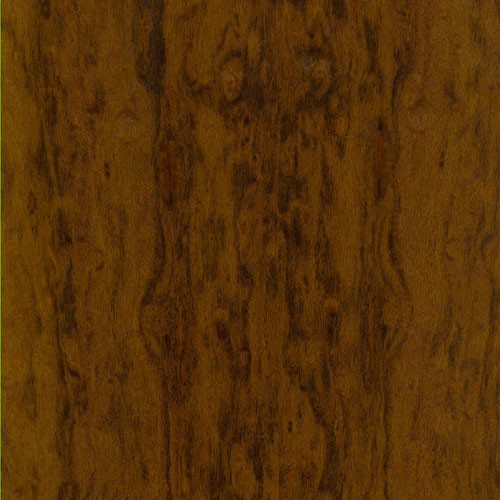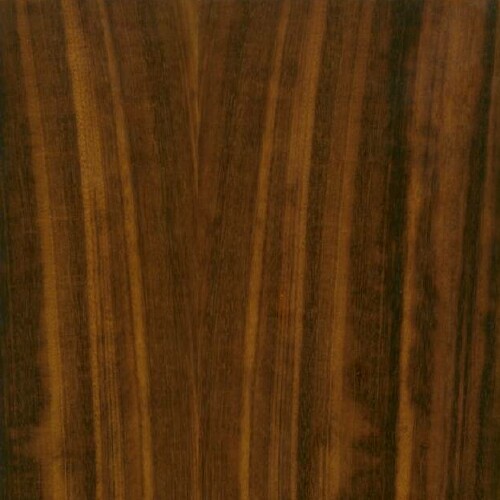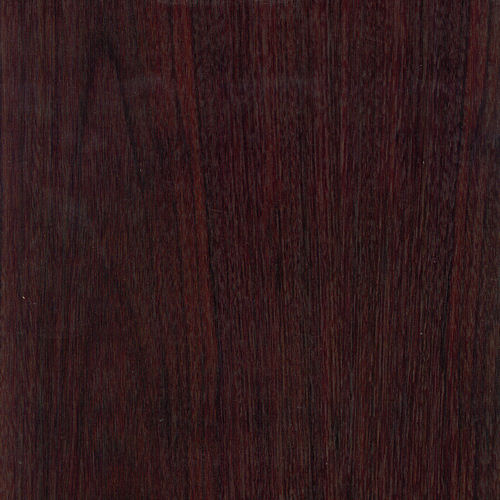Imbuia
Growing primarily in the Araucaria rainforest of southern Brazil, and typically reaching 130 feet in height and 6” in diameter, Imbuia trees are one of the most important commercial resources for the South American country. Because of the wood’s deep, rich colors and interesting grain patterns, Imbuia is sometimes called “Brazilian Walnut.” But other than rivaling the classic hardwood’s beauty, Imbuia shares little botanical relation to true Walnut species.
In fact, Imbuia has a very distinctive characteristic — a pleasantly fragrant scent marked by spicy hints of nutmeg and cinnamon.
When describing the appearance of Imbuia, “consistency” isn’t a commonly used word. Each tree is totally unique, resulting in wood that displays an astonishing variety of both figure and color range.
That said, the typical color of Imbuia is medium to dark brown. With heartwood that sometimes has a reddish, golden, or olive-colored cast, and greatly differentiated sapwood that’s usually light grayish yellow. The grain is usually straight with medium to fine, uniform texture and good natural luster. But because the species grows extremely slowly, Imbuia often produces wild patterning throughout the tree and a wide variety of figuring — including burl, curly, fiddleback, quilt, chicken scratch, and blister.
Since it’s so visually striking, Imbuia is often used in veneer, architectural panels, office furniture, boatbuilding, and smaller items like gunstocks, and musical instruments.
While Imbuia is currently listed on the IUCN Red List as a vulnerable species, many groups are focused on its restoration, despite it being a slow growing tree that makes conservation efforts difficult.
Species Distribution:
South America
Brazil
Southern Brazil
Common / Alternative Names:
Brazilian Walnut
Imbuya
Embuya
Janka Hardness:
970 lbf
Sustainability Status:
CITES Appendices: Not listed
IUCN Red List of Threatened Species: This species is listed as vulnerable due to a population reduction of over 20% in the past three generations, caused by a decline in its natural range, and exploitation.









